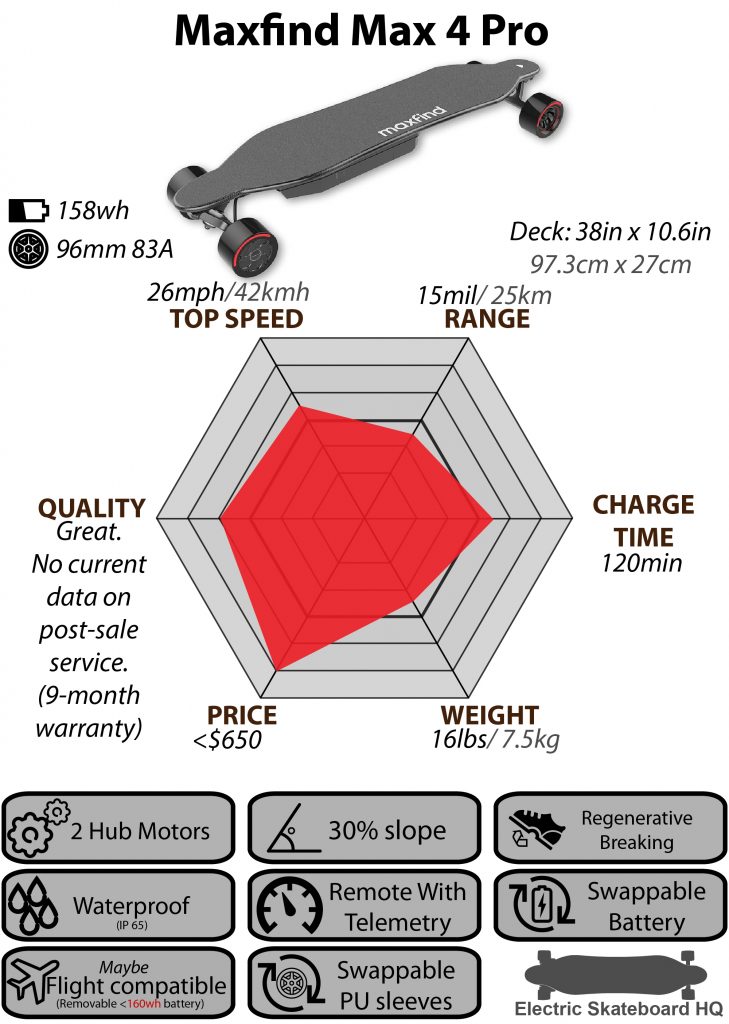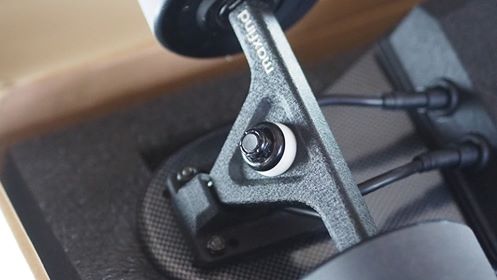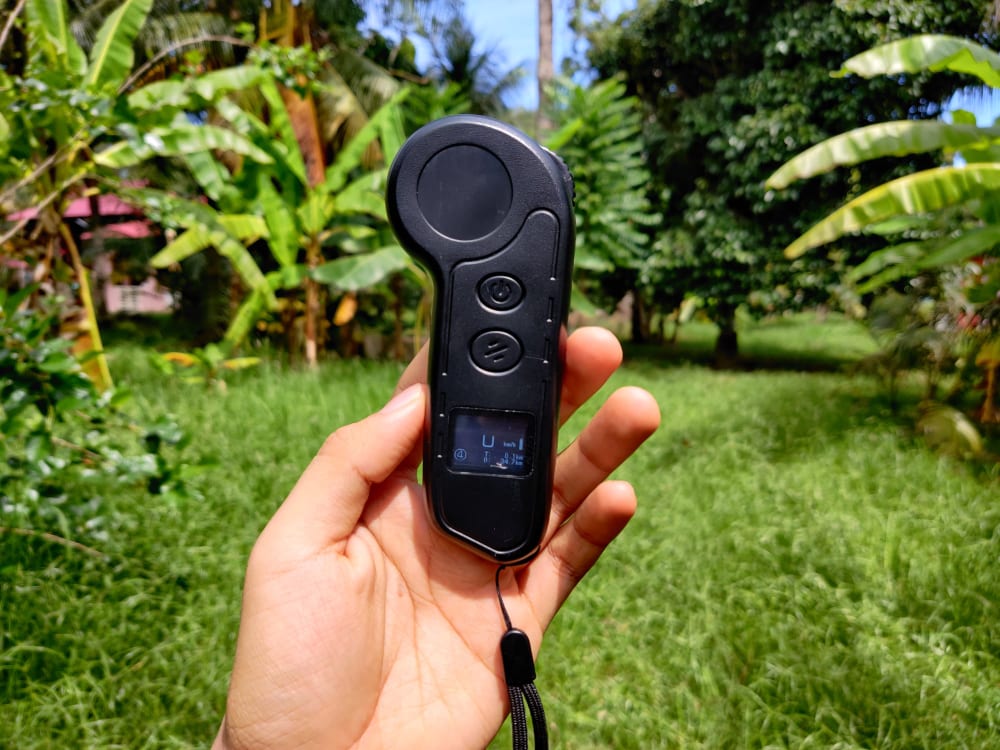Follow the discussion on Reddit here
Forward
Before I begin, I must disclose that I’ve had a long history with the EL1.
Hoyt St. first sent an EL1 to me all the way back in May of 2019. At first, they didn’t want me to write a review on it because they wanted to slowly ramp up production and had kinks to work out. Instead, Hoyt simply wanted me to test it really hard and see what I could do with it, then report back my opinions. I was happy to do this, and the conversation back and forth has been constant since then.
Today’s date is June 5th, 2020. It’s been a whole year plus some since I first stepped on the EL1. Hoyt has finally given me the OK to write my review. And I have some thoughts.
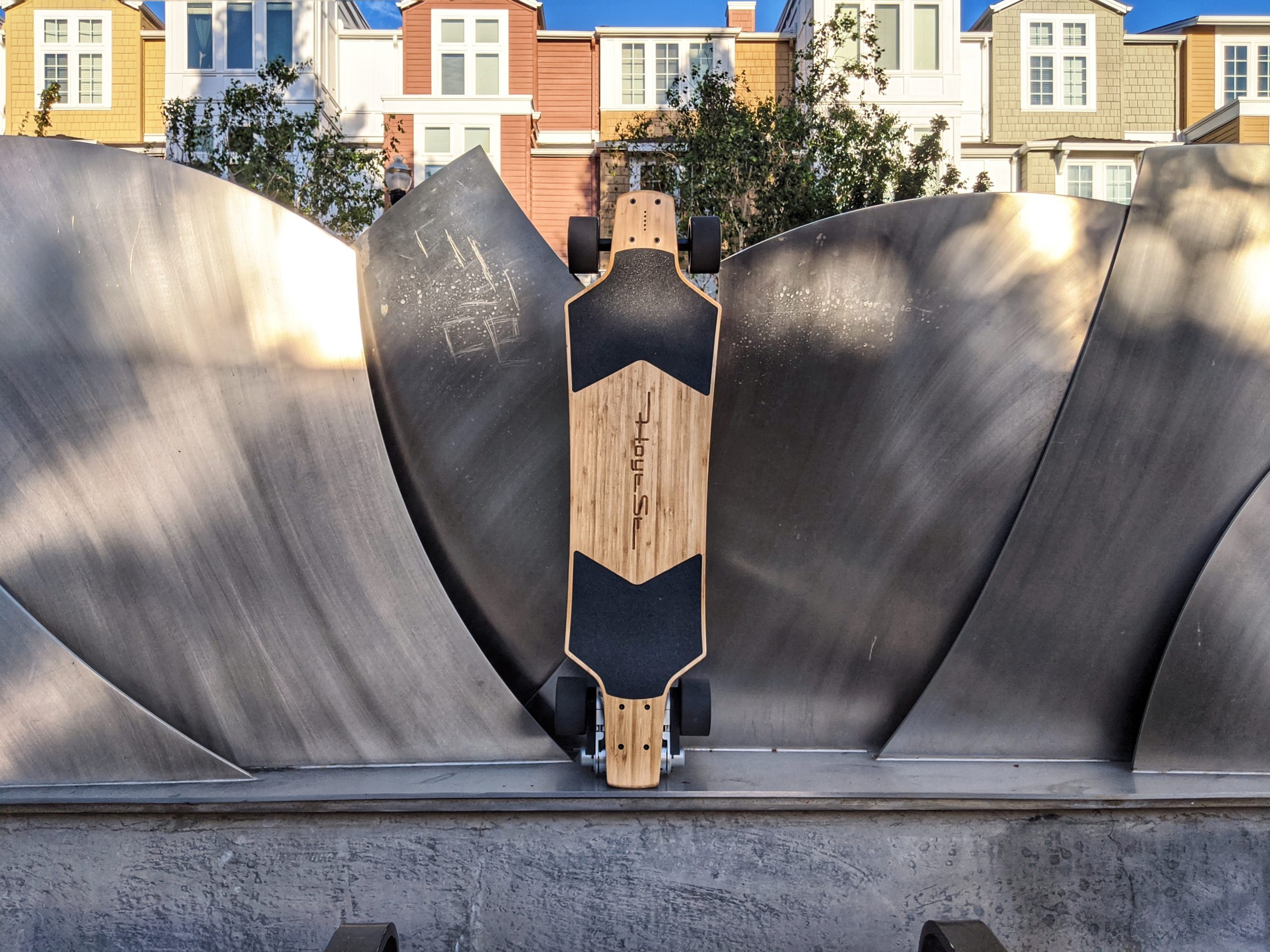
It’s All In The Details
The Hoyt EL1 is an unconventional package indeed. From the moment you open the box, the attention to detail is apparent. For example, each EL1 comes with a carrying bag. This isn’t your run of the mill carrying bag mind you. Not only did Hoyt custom design this bag specifically for the EL1, they also had the forethought to make the bag a part of the packaging as a replacement for your typical environmentally unfriendly styrofoam.
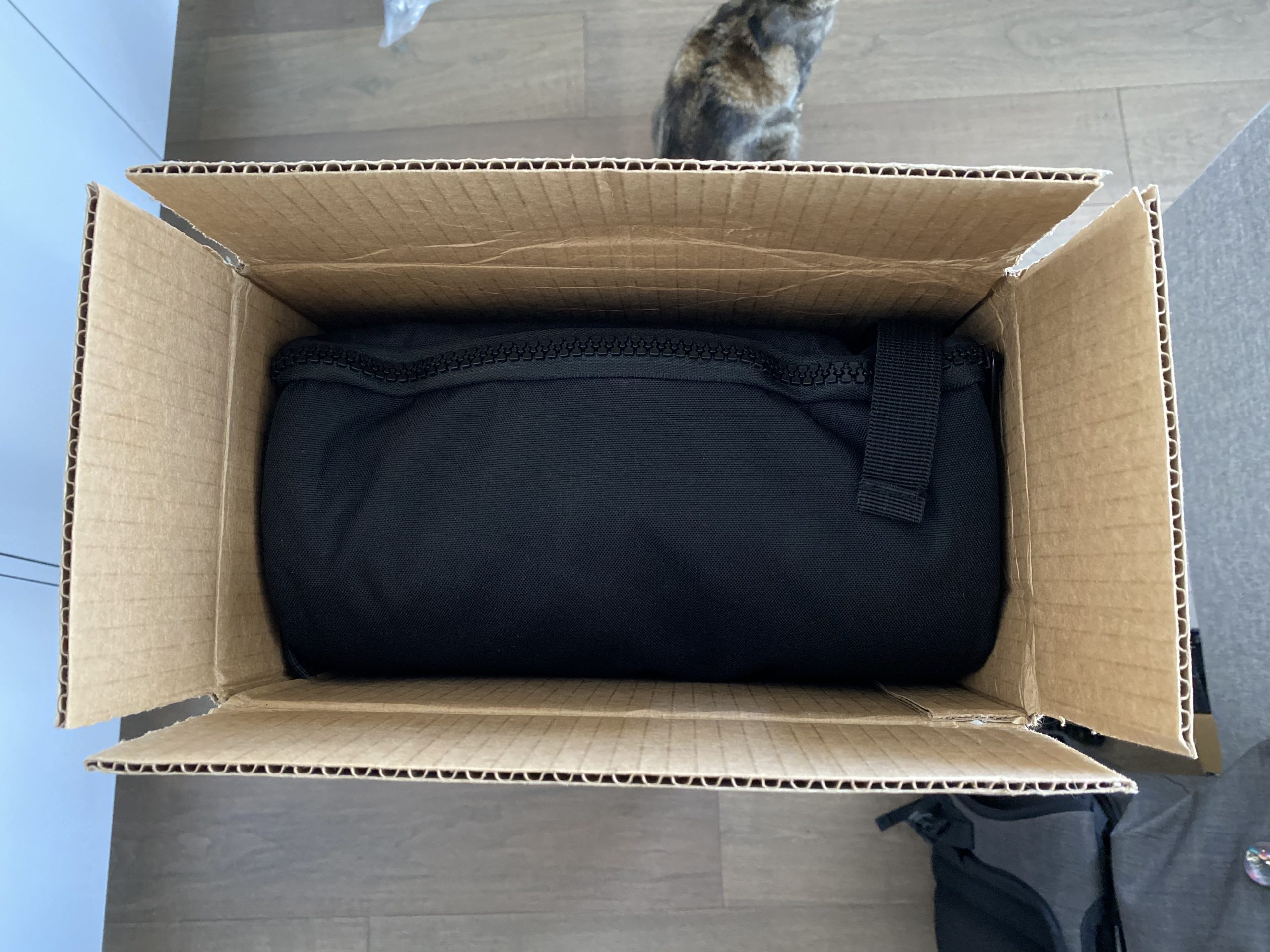
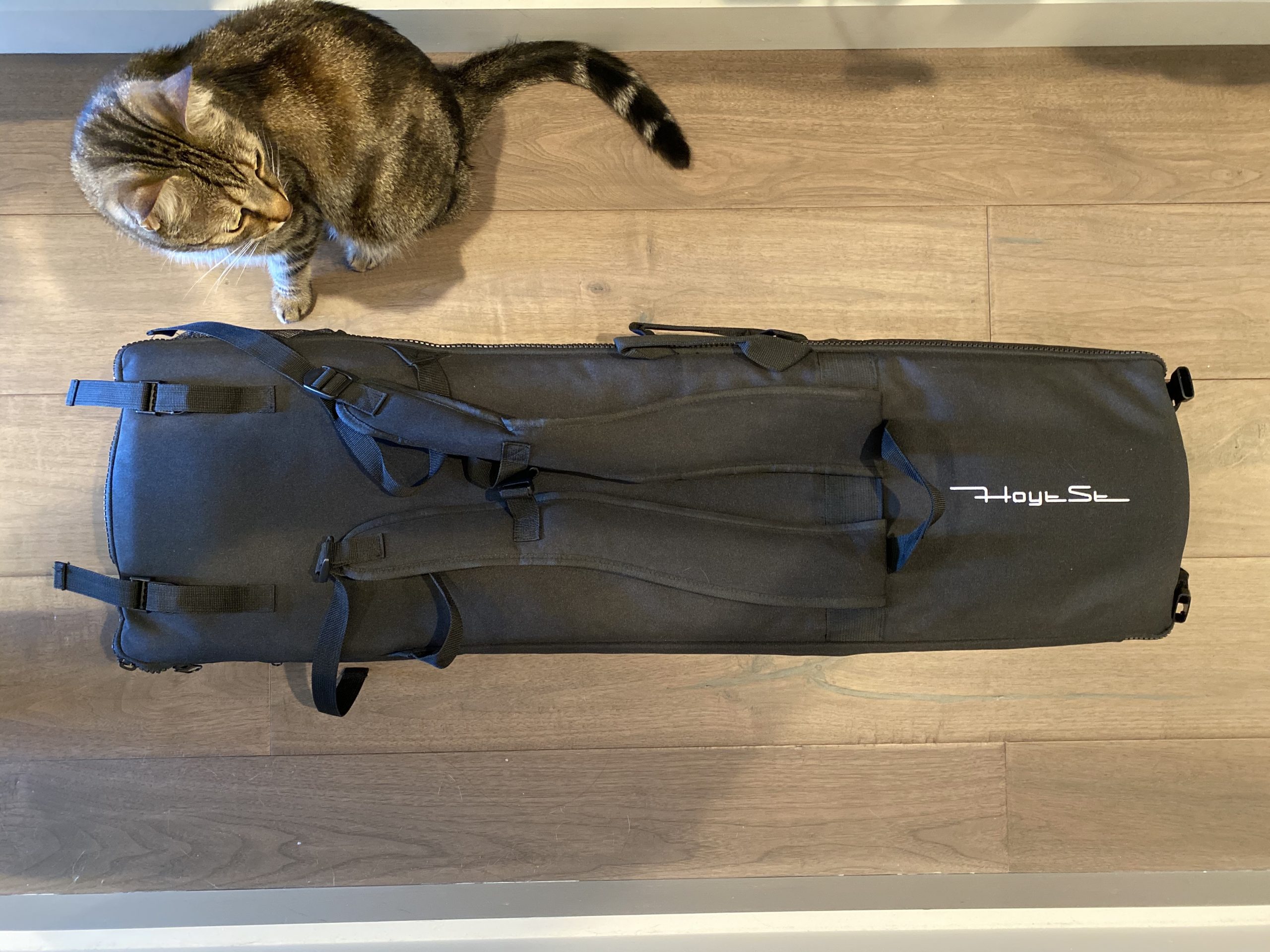

Inside the carrying/shipping bag, the remote control and charger is tucked away in their own specially designed pouches. Everything has a place, even the simple, well written, color printed instruction manual. Who even prints instruction manuals in color these days? Hoyt does apparently.

The details don’t stop at packaging. Everything about the board screams attention to detail. From the risk of death warning labels, to the slightly dimpled power indicator lights on the nose, to the tastefully engraved “Handcrafted In Oregon” and “Bamboo Revolution” badges on the underside of the enclosure sandwich which meets the topside to create one single flowing shape.
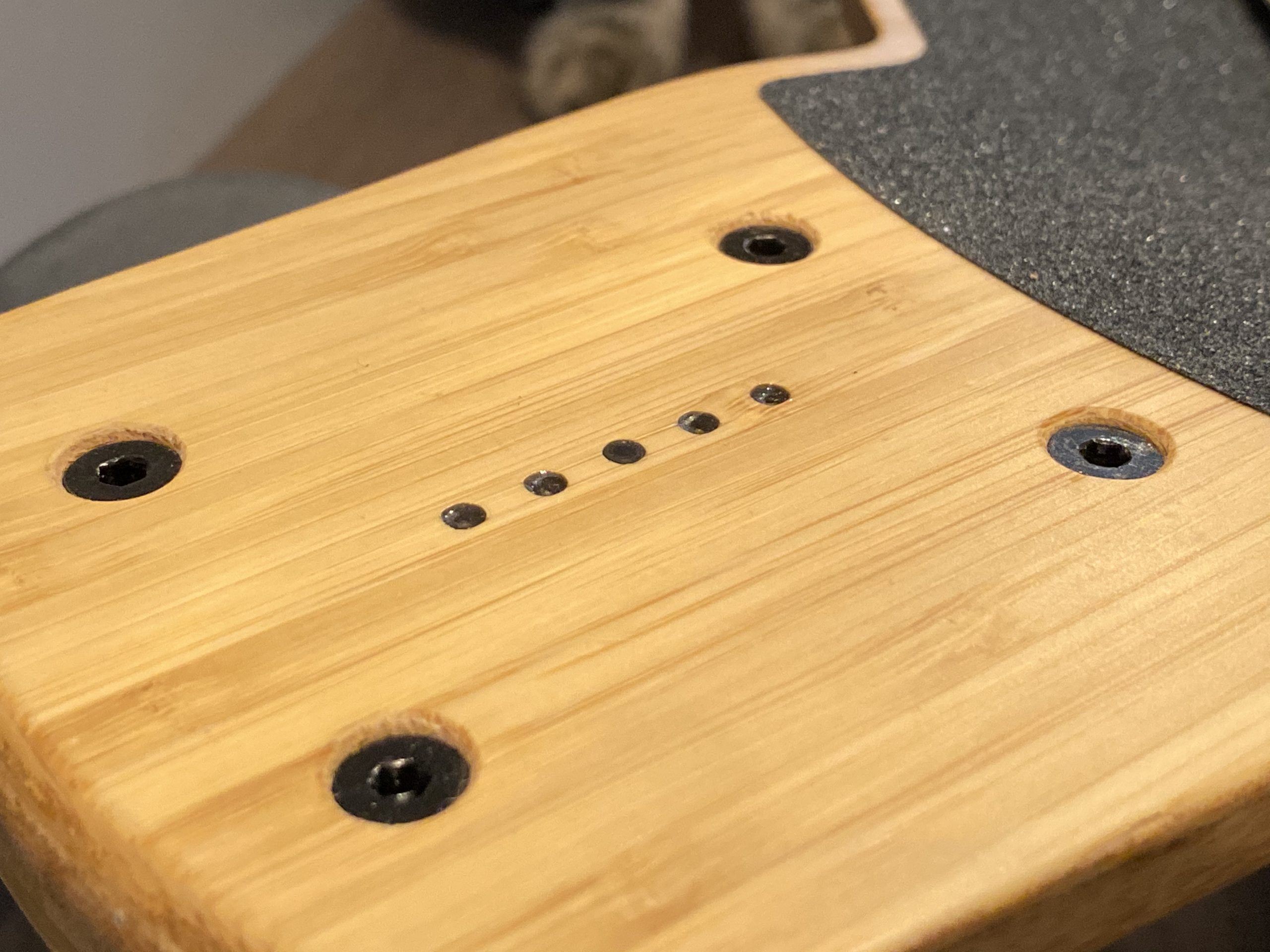
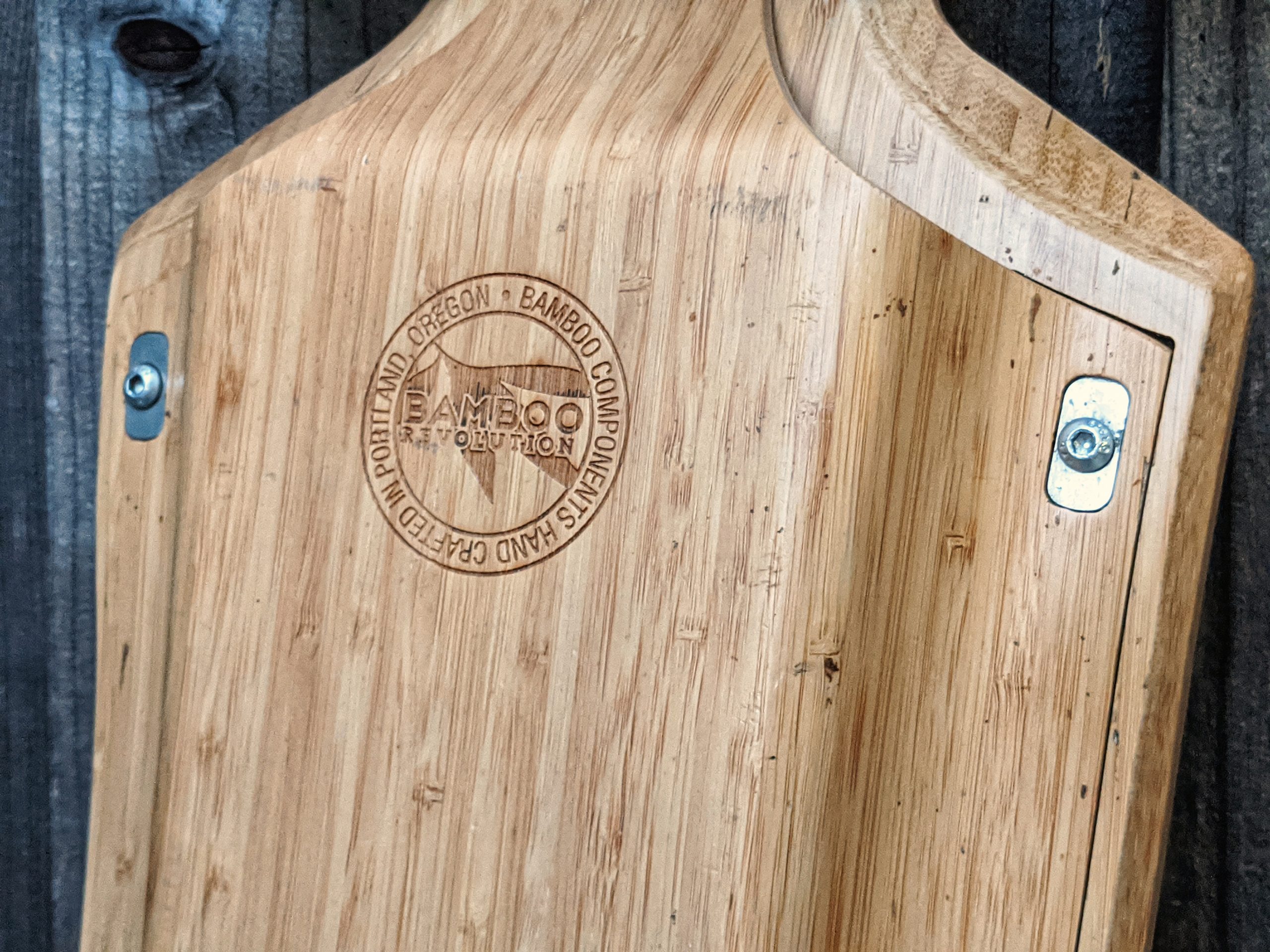
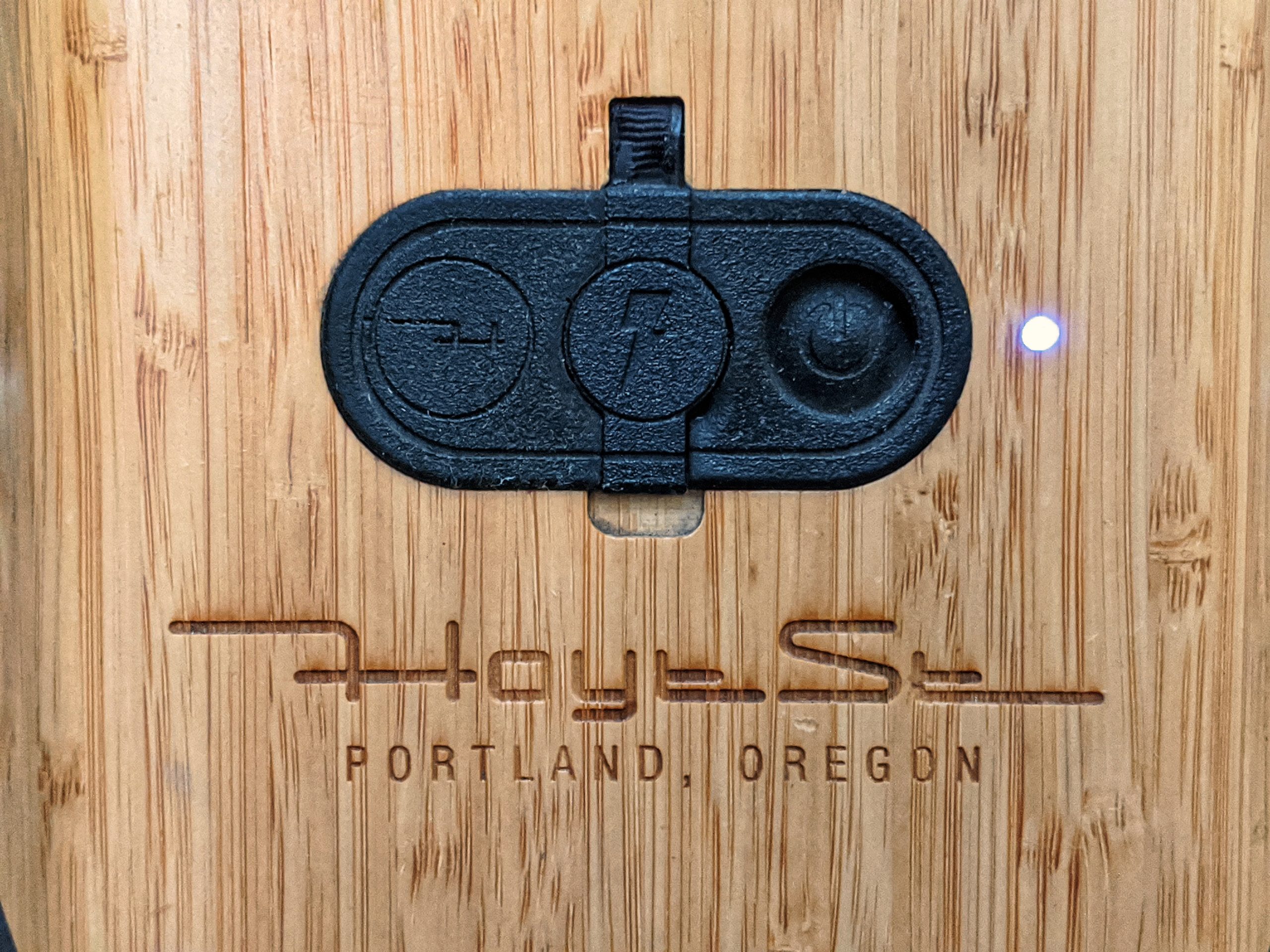
If it sounds a bit like I’m fangirling already, that’s because I am. I really like the design and shape of the board. I think it’s beautiful. I mean just look at those self tensioning motors mounts!
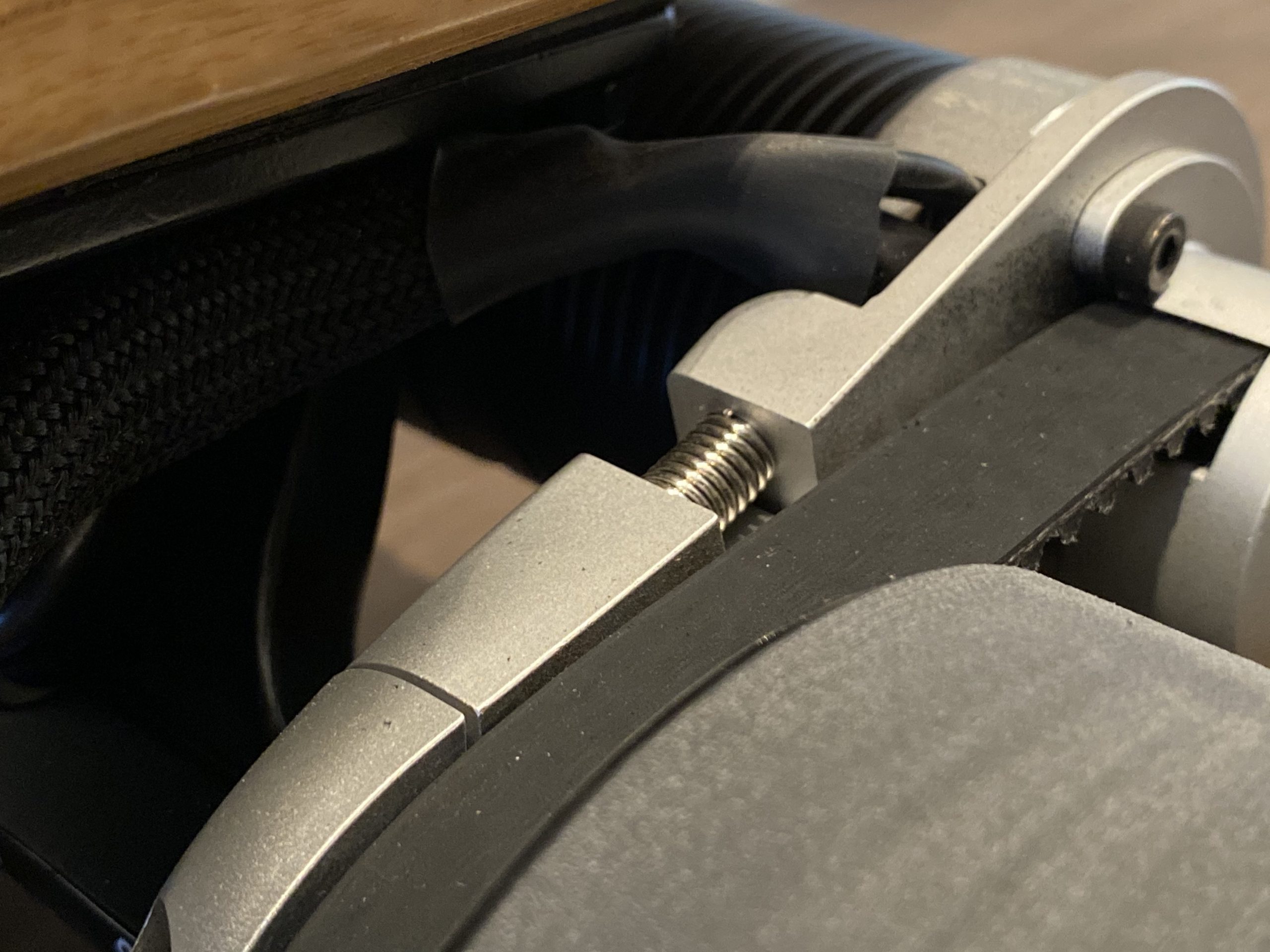
But all the detail in the world won’t make a difference if the end product is no good right?
Good Skating
What’s my definition of “good skating”? Well, for starters, the board must be comfortable. I don’t just mean the deck, although that does play a big part in it. I mean the wholistic experience. From the geometry in the concave of the deck to the ridefeel of the narrower contact patch and hardness of the wheel, the EL1 as a complete package is simply primed for good skating.

The non-flex, dropdown deck has just the right curves for you to brace against under hard acceleration and braking. The Caliber trucks lend themself to fairly precise carving and nuanced control. The Zoobomb wheels, while not the best urethane I’ve ever ridden, do a fine job of gripping the road and sliding out when you need them to. It’s clear that Hoyt put a major emphasis on designing something that skated well.
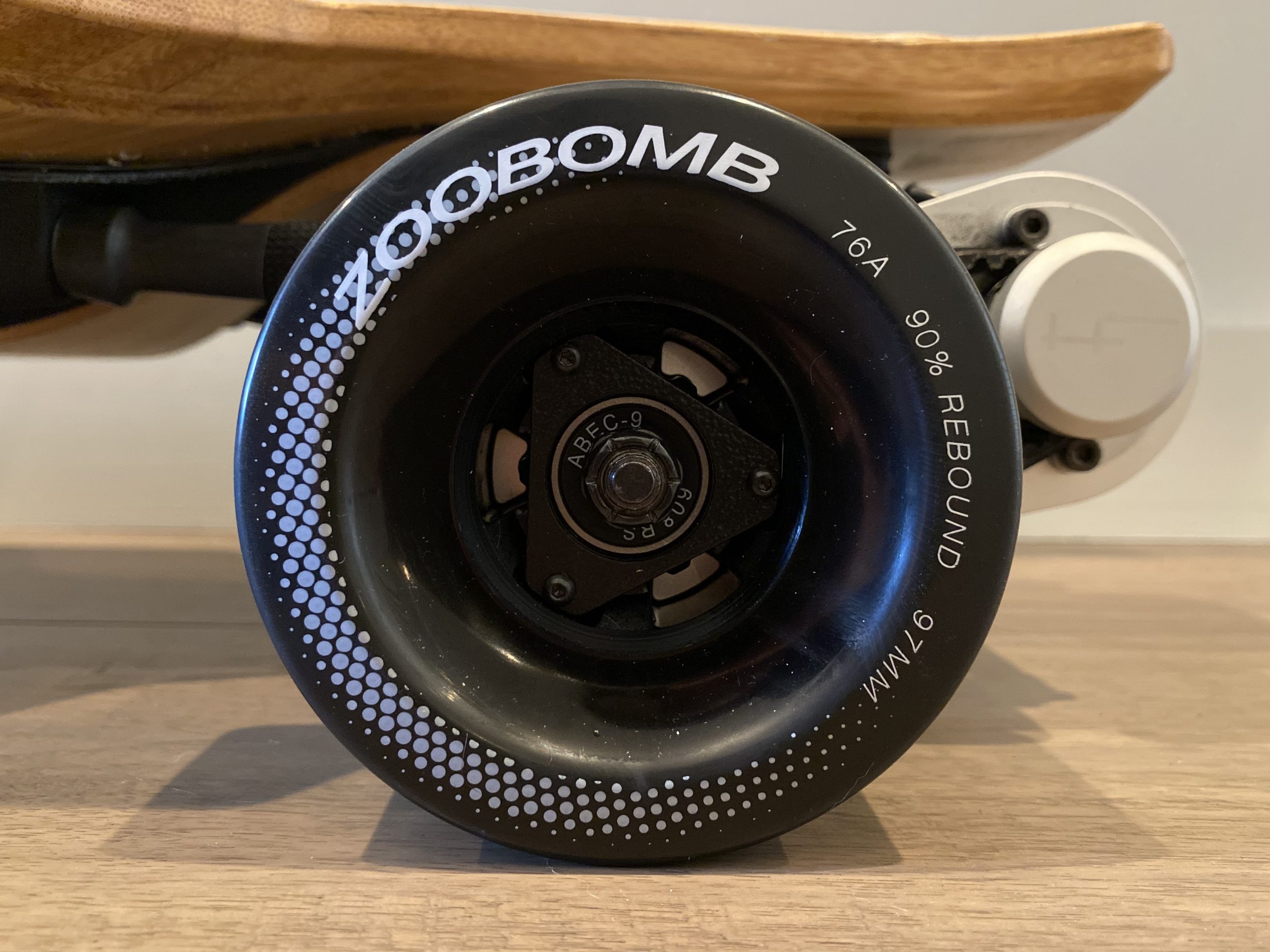
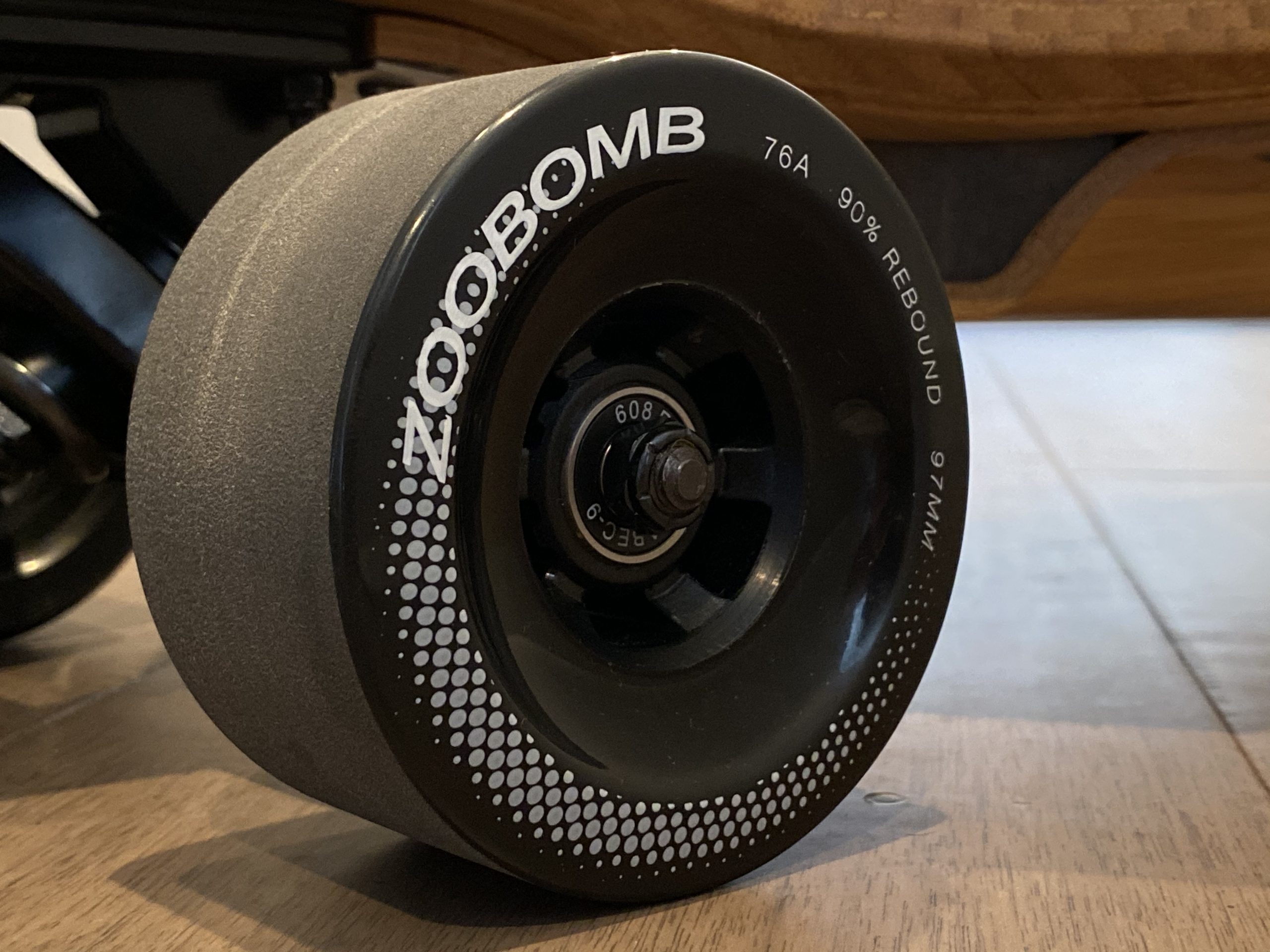
But the skate setup isn’t the only thing good here. In electric skateboarding we care about the electronics right? Why else would we be here?
Designed Dependability
Well I’m here to report that the electronics are great as well.
The EL1 (and indeed Hoyt’s entire future lineup) is built on VESC tech. The VESC, or Vedder Electronic Speed Controller, is a super capable, super powerful, open source speed controller design made specifically for applications such as electric skateboards, drones, scooters, robotics, and the like.
Why is this important? Well this means that the hardware in the Hoyt is endlessly configurable and extensible. Want telemetry logging? Stick a Bluetooth module in there. Want more powerful acceleration or braking or a different throttle curve? Just tune it.
Another advantage of the VESC is that it has been vetted in countless test cases by countless people in countless environments. Run within its hardware limits, it’s rock solid and dependable, and Hoyt has certainly harnessed its power well.
The particular VESC revision that Hoyt is running in their boards is the 4.12 hardware revision. This doesn’t really mean much to the end user, but for those who care, it means a couple things. First, it does really well at 10S (42V) but not so well at 12S (50.4V). Second, it doesn’t do well running in FOC (Field Oriented Control) mode, a motor control method that, while more refined in feeling, is more demanding for the controller than the alternative: BLDC (BrushLess Direct Current) control. Hoyt knows this, and so optimized their setup to play to the 4.12 hardware’s strengths. The result is great dependability.
Besides the controllers, the motors are also high quality and built to last. Hoyt sources their motors custom from KDE, a US based motor design and manufacturing firm specializing in military grade motors. These motors are built to withstand way higher than normal operating temperatures while performing at a high level, and I think it’s a testament to its engineering that I’ve never heard of anybody having issues with the motors specifically.
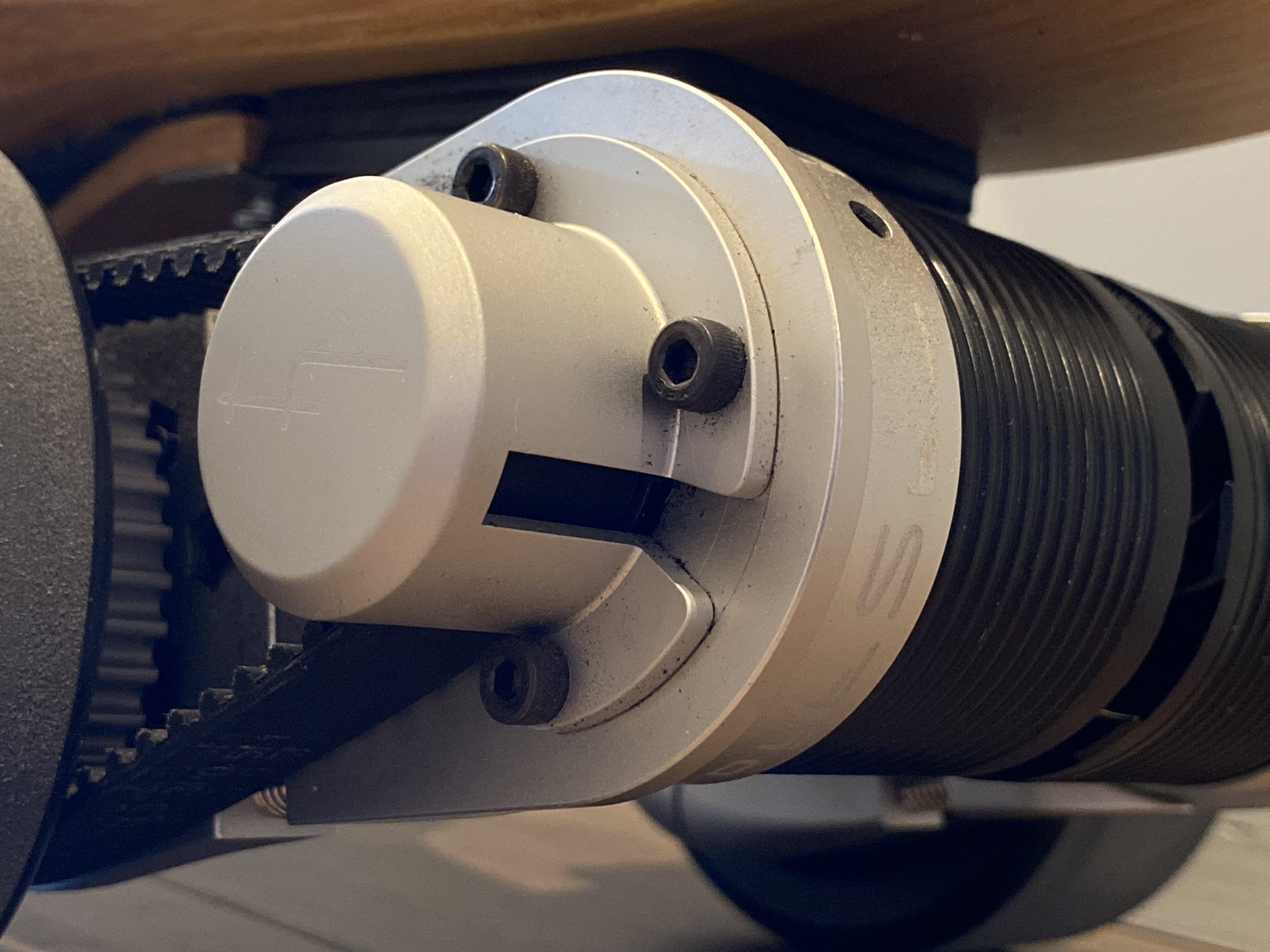
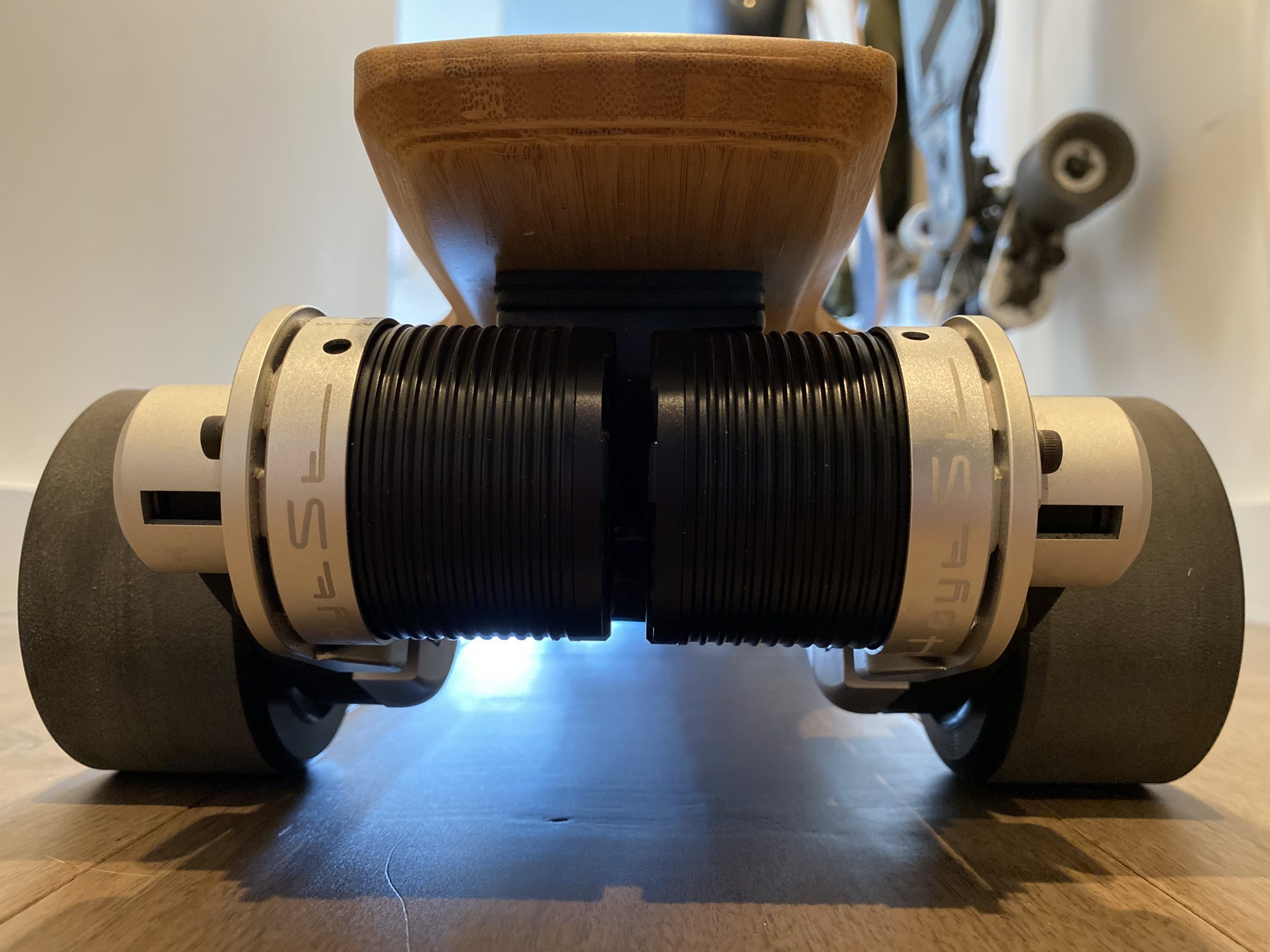
As an aside, this board is so reliable that it’s the one I lend out to experienced riders who ask me to borrow a board simply because I know they won’t break it even if they ride it hard. It’s also simply a great ride but you know. I digress.
Modularity
Perhaps the most interesting thing about the EL1 is the modularity aspect of its battery pack design.
When Hoyt first launched the EL1, they had gone where no other manufacturer had really gone before, and the EL1 battery packs are, in my opinion, the cleanest solution I’ve seen to the problem of battery modularity. With the main goal being the flyability of the board, Hoyt had specially designed 10S1P battery packs featuring individual BMS and battery level indicators. These battery packs slotted neatly into the belly of the board and connected to the main power rail using blade connectors. In my opinion, this is an incredibly clean, wire-free, and foolproof method for managing modular battery packs.
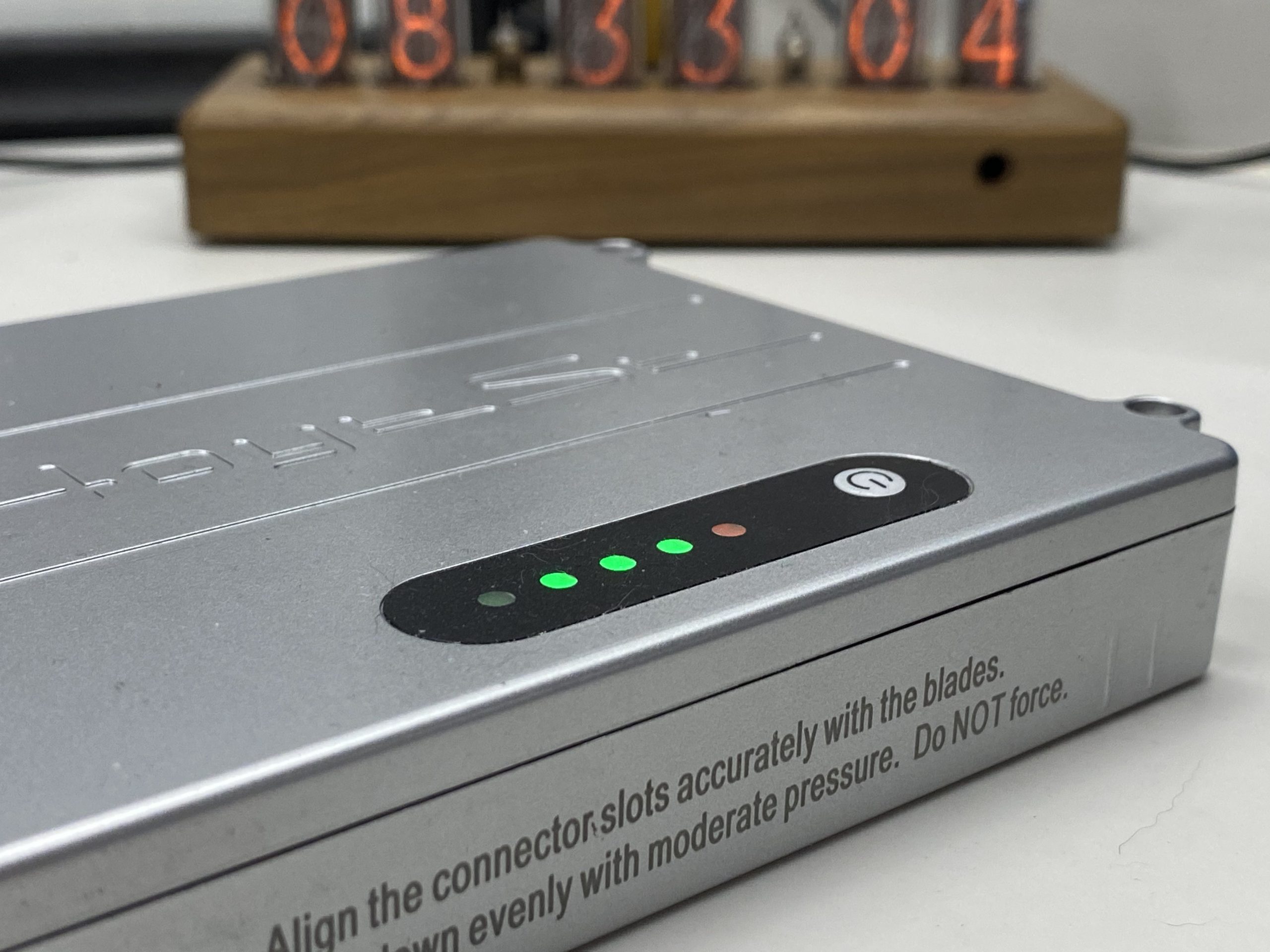
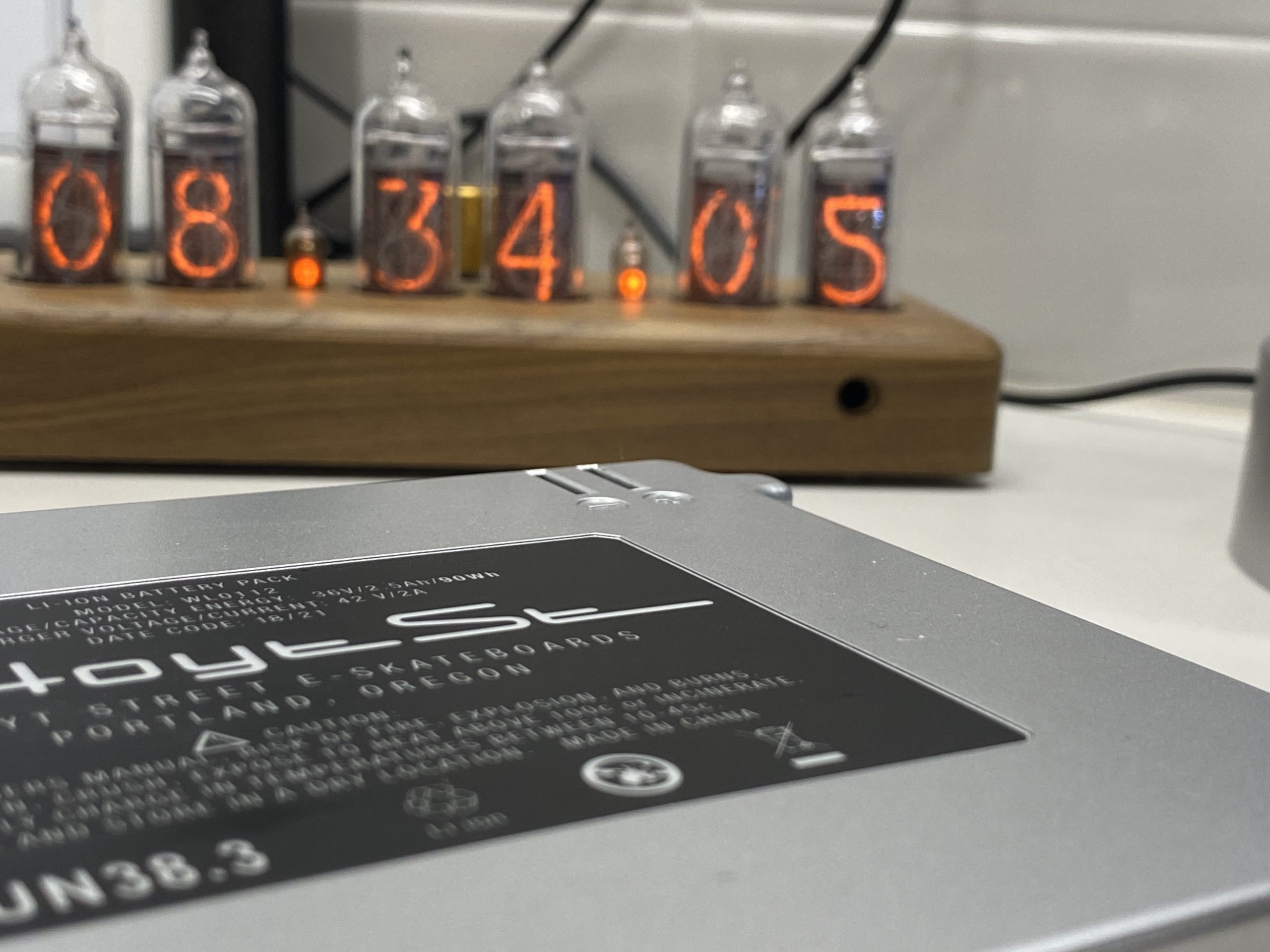
In an interesting turn of events however, Hoyt has recently decided to abandon the blade connector design for a more traditional XT60 connector for their battery packs. Hoyt tells me that they made this decision due to a small number of users reporting that the blade connectors were wearing out under intense stress and vibration. Although I’m sad to see the blade connectors go, I understand the reliability standpoint. The new XT60 design is more flexible while still retaining modularity. What’s more, it opens up the possibility of easily building your own battery packs.
The EL1 also allows the usual wheel and drivetrain gearing changes that usually comes with a belt driven board, and since you have direct access to the VESC’s settings with the EL1, I would even say that these choices combined with some settings adjustments are even more effective here. Hoyt is even going to offer 5″ pneumatic tire options as well as non-modular battery packs for increased range.
Performance
I will say that while it’s not the fastest board on the market topping out at 24mph-ish real world, Hoyt’s investment in engineering has certainly shone through in the end product.
Torque is great. I weigh around 125lb and live in San Francisco, one of the hilliest cities in the world. From my time spent with this board, I can report that this board has more than enough torque to get me up any hill. I’ve gladly let my friends try the EL1, and they all say the same thing. Plenty of power and good braking. Plus, I actually think it is “fast enough.”
And here we get to the only thing that reeeeaaally gets me about the EL1.
The range.
There’s no two ways about it: I think it’s lacking for a $2,000+ board. Realistically riding, I can get maybe 8-10 miles in the city, 12 if I really stretch it. If you’re on flatter ground with less stop and go traffic, that figure will improve, but honestly not by that much. Hoyt’s own range calculator suggests as much about the lacking range, so you should really understand your riding conditions before buying this board.
“But Sof,” you say, “what about flyability?” And that’s a fair question. After all, I did say that Hoyt had designed these packs with flight in mind. To that question I would reply that while the EL1 is indeed flyable, I wouldn’t buy it for a travel board.
There are other great options for travel boards (Unlimited x Loaded kit on a shortboard, Exway Wave) that are lighter and less cumbersome if that is really your main focus. I think the EL1 should be considered more a prosumer board that just happens to be flyable more than anything else, and in that sense, I think maintaining flyability was probably a misstep. You end up with range that doesn’t satisfy the prosumer and a pricepoint that doesn’t really jive with the more casual consumer.

While Hoyt is, as mentioned above, offering a single Samsung 40T 10S3P pack, I haven’t tested it for range. Theoretically, the 40T pack will provide just over 60% more capacity than the original three 10S1P modular 25R packs the board ships with, so extrapolating linearly I may get up to 13-16 of realistic, hard riding miles on a charge with the 40T pack. But I’m a believer of not buying products based on promised future upgrades, even when I have full faith the manufacturer will deliver on their promise, so I’ll make my conclusions when Hoyt starts shipping the 40T packs.
What About The Remote?
Yes, let’s talk about the remote.

The Hoyt Puck is arguably one of the more interesting, if not the most interesting, remotes in eskate. Inspired by slide pucks common in the world of downhill longboarding, the round, curved design is certainly unique and maybe even polarizing to some. When it was first introduced, many wondered just how well this remote would work in practice.

Honestly, I’ve grown to really like it. Despite its strange appearance, it’s comfortable to hold in the hand. I think it’s the first eskate remote to really take into consideration left handedness, with all buttons just as accessible when in left handed mode as in right handed mode. Hoyt offers weight options for the thumbwheel so you can adjust it to your preference as well.

Beyond ergonomics, in typical Hoyt fashion, the remote has proven to be absolutely rock solid in terms of performance and reliability. Ask anybody in the DIY community what remote they would recommend if you wanted a consistently reliable remote, and I’ll bet maybe 90% of them would say the Hoyt Puck. The Puck’s reliability is so well known, in fact, that other premium eskate manufacturers are offering the Hoyt Puck for their boards. Case in point: Lacroix’s customized Hoyt Pucks.
The only minor annoyance I have with the Puck is that there’s no board battery indicator on the remote itself. However, I’m ok with that actually when the Puck is paired with the EL1, as the EL1 features a sleek battery gauge right on the nose of the deck.
Hoyt says you should try the Puck before you knock it, and I really agree. It’s an ergonomic remote with a proven history of reliability. Plus it’s CNC’d out of Bamboo with an aluminum thumbwheel, comes in a variety of stains, and customizable with engravings. What other manufacturer would do this for individual remotes?
In Good Company
I want to take a moment to talk about Hoyt the company. Being a small operation, they can be uniquely personal about the products and services they offer. For example, in addition to the remote customizations, Hoyt offers a range of customization options for the EL1 itself from artwork directly applied on the deck to different wood stains to unique veneers to bespoke whole-deck laser map engravings. You can even get glass frit gripping on your deck: a high class upgrade to the usual boring grip tape offerings.
And that’s not all. A couple months ago, I got the message from Hoyt asking me to send in my EL1 for the blade connector to XT60 conversion. What surprised me was how painless the entire process was. There were no costs involved and the turnaround was fast. I’m told by various customers that they’ve had similar experiences with Hoyt and the services they provide.
I would also like to commend Hoyt for doing this blanket recall. I have many friends in the business of building and selling hardware, and they all tell me that one of their greatest fears is issuing a recall. In addition to the complexity of communicating with the customer and processing the hardware that comes in, Hoyt is taking on a huge financial loss for what seemed to me like a relatively minor issue. However, I think this just further speaks to the character of the company and the people who run it. In the end, they didn’t really have to do this. But they did, and I think that’s pretty awesome.
Hoyt even offers a free tune up service for customers for the first year after purchase. I mean come on! The deference that Hoyt shows to the customer is what really sets them apart in this industry, and I hope as they continue to grow as they maintain their level of service.
Wrapping Up

So what do I think about the EL1?
I think if you appreciate rideability, details, durability, and good engineering, you will like this board. I think if you are prioritizing miles per dollar, you should look elsewhere. I think the EL1 is, in the end, a tantalizing niche offering.
But most of all, I think the EL1 is a stepping stone platform for Hoyt’s future. With the EL1, Hoyt’s basically done a year long engineering verification on their platform, figuring out all the kinks and feeling out their style. I’ve been privy to their roadmap after the EL1, and Hoyt’s definitely gearing up to make a huge splash.
And when they do, I’ll be there to cheer for them.













